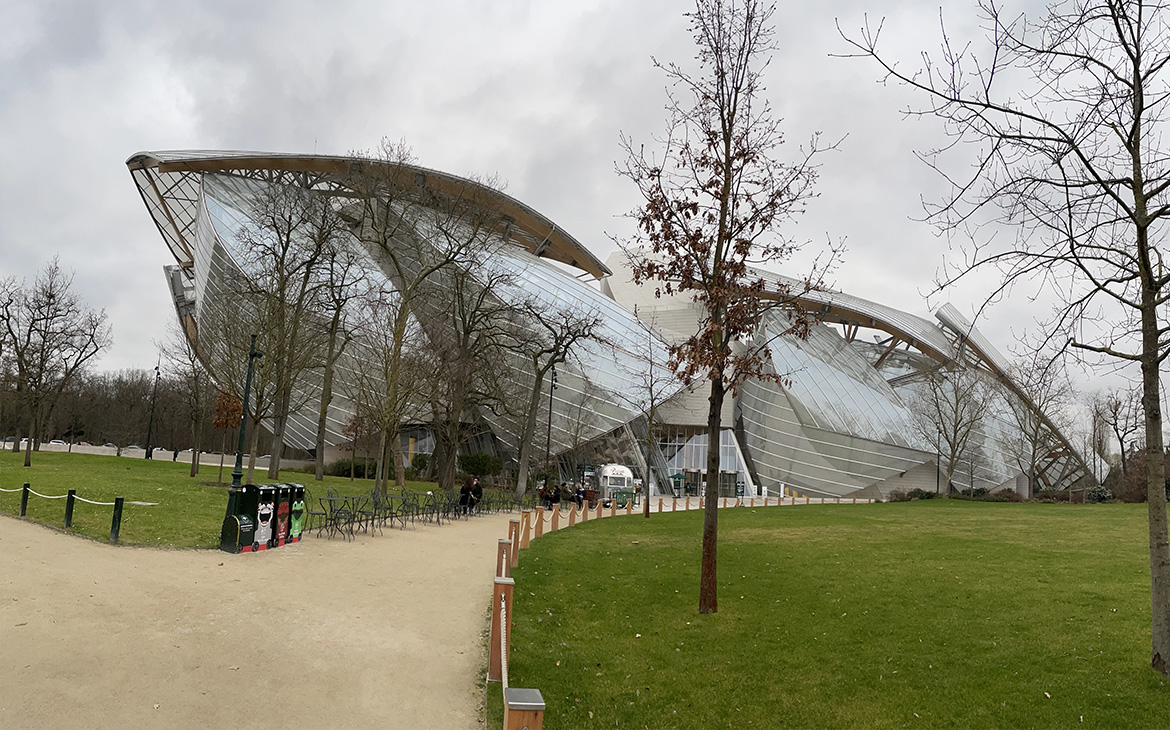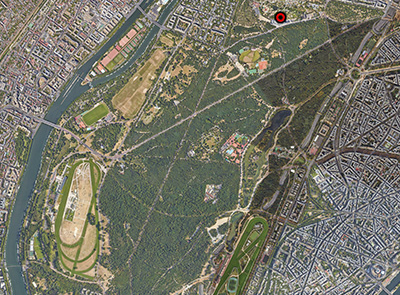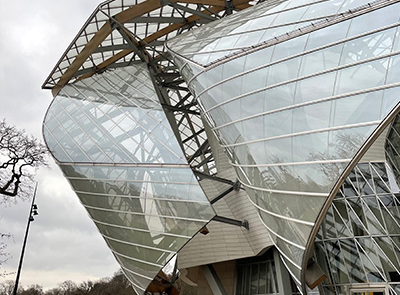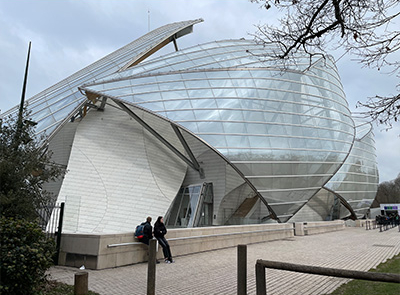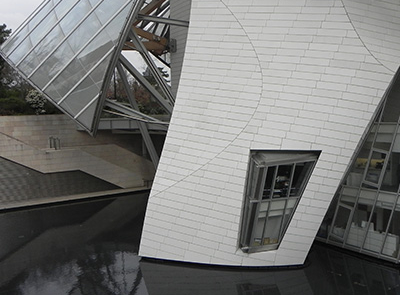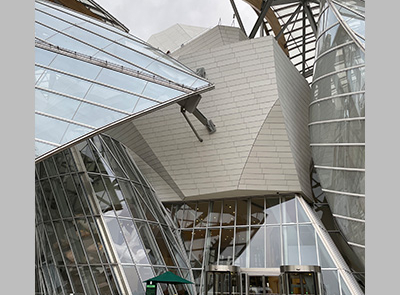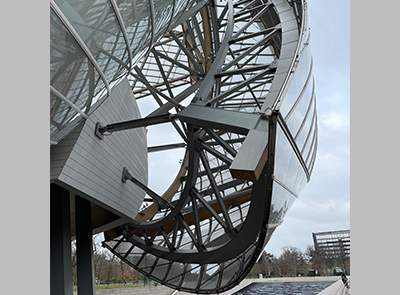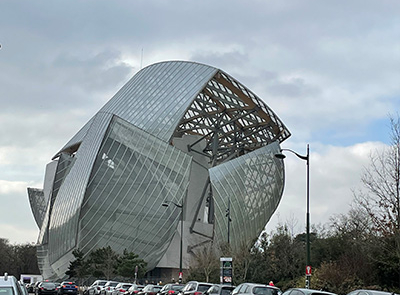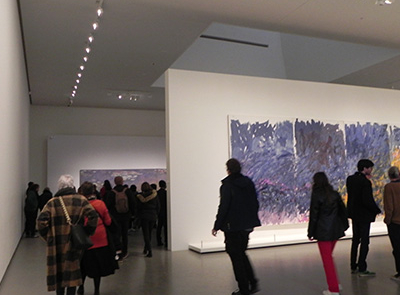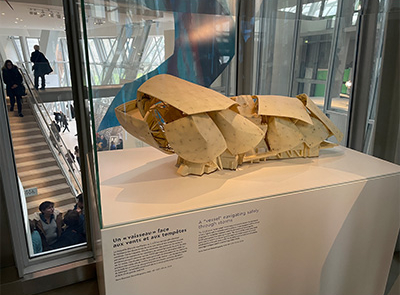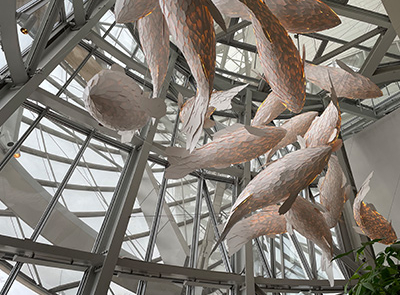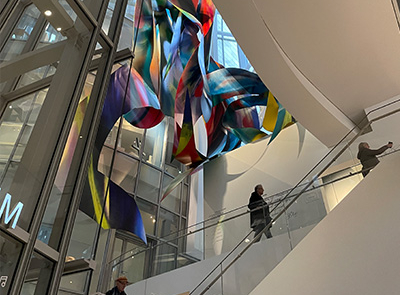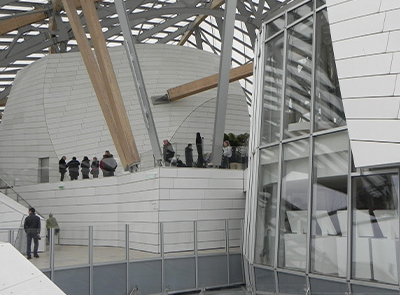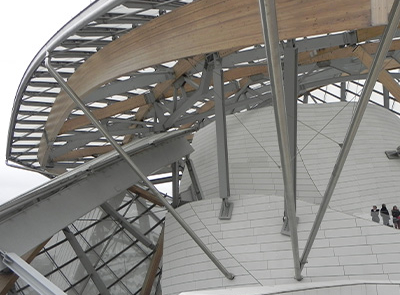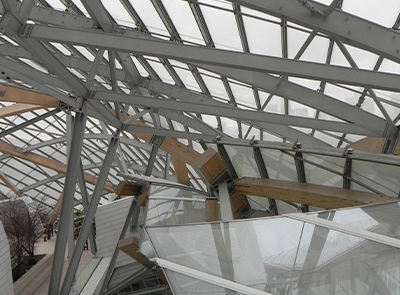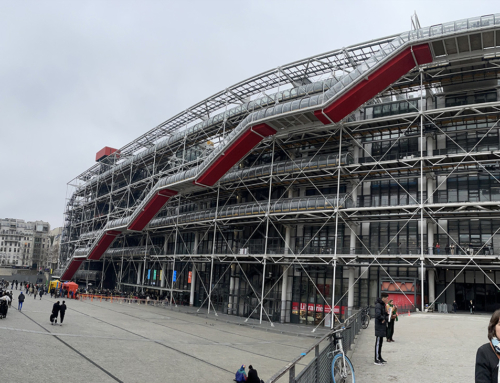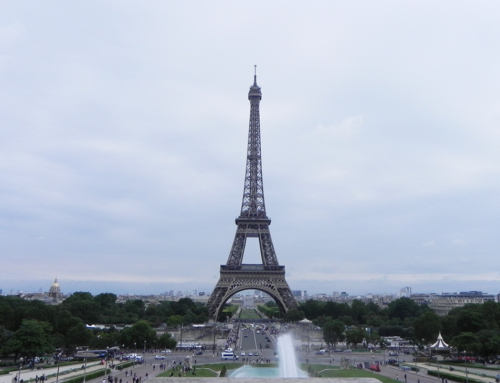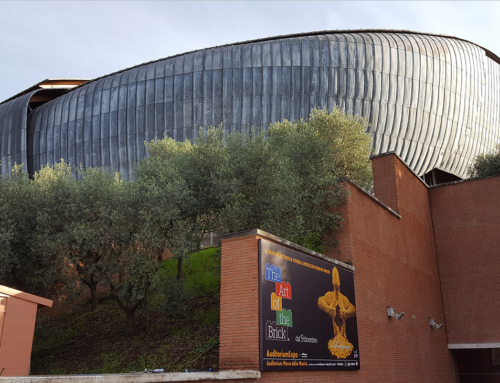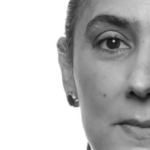
In this current blog I am exploring one of the latest iconic projects built in Paris, The Louis Vuitton Foundation Art Museum and Cultural Center, designed by one of the most renowned architects in the world (Frank Gehry); this monumental building made of innovative and complex shapes, it is the perfect example to close this tour in “ the City of Lights“, and introduce the new topic that I want to talk about on the next tours that I will call,
Architectural Icons, as instrument for urban and tourism development!
The Foundation Louis Vuitton (LVF) made it clear (to me), that cost was not an issue when it comes to representing one of the top luxury brands in the world, and their building had to be something so special “an icon” for the city and the world, which would transform and enhance the existing urban context and become the new tourist attraction in the city.
When Gehry received the commission for the design of this project, he decided to visit “Parc du Boulogne”, and saw the site where the museum will be built… he was amazed by the surrounding large green areas, numerous lakes, waterfalls, ponds and the 19th century glass buildings symbol of the modern Paris by Napoleon III. Within this context, he thought that the best way “to integrate the project” was by making it as transparent as possible (I used the word integration highlighting that the use of glass on a large scale contributed to being less visible).By doing this, he will blend the building with the surrounding landscape. He also wanted to use glass, since it is a predominant feature in the original buildings of Napoleon Park.
So, once it was inaugurated in 2014, this building became a new symbol for a city that continues to stay at the “Avant-Garde” of architecture, culture and tourism
by modernizing Paris with “Great buildings designed by famous architects”.
The design project of the LV Foundation Art Museum and Cultural Center was based on the Deconstructivism style of architecture (born in the 1980’s), characteristic of its non-symmetrical shapes that break with all classic concepts of architecture such as proportion, symmetry and rhythm. Instead it presents contrasting shapes and complex forms that make his buildings look like a sculpture. … I must clarify that Gehry is not one of my favorite architects, his designs are excessively ostentatious, for my taste, I prefer something more discreet… in other words a building appearance to be integrated harmoniously with the context; however, in this case the exuberant structure did not cause the same negative reaction that other iconic projects in Paris, due to the context in which the project is located.
Its development came with multiple unprecedented designs, and construction challenges, (something that is repeated in all the buildings designed by Gehry), which made its architecture an expensive proposition. This is evident in the amount of steel required to achieve its complex geometry, the white fiber-reinforced concrete panels, and the multi-radius curved glass “sails”.
The LVF Art Museum is divided into four levels plus a roof terrace, starting from the level -1 (basement) where the auditorium, exhibition spaces and building support functions are located. The level 0 (Ground) includes the main public entrance, main lobby (where giant curvilinear glass windows illuminate the space) and space shared with lower-level auditorium, plus one exhibition space, a café/restaurant, and a bookstore.
Level 1 is the “Gehry Studio”, which is a permanent exhibition space to display multiple scaled models of his ideas, showing how the building’s mass and features were conceived (This model was also used to develop the construction documents, using a sophisticated software that allowed them to retrace the complicated shapes).
Level 2, includes an open space leading to two galleries and roof terraces; levels 3 and 4, roof terraces (these are by themselves a work of art) from where visitors can have city and park views and the floating glass panels evoking a vessel sail swelled by the wind.
In conclusion, this building is the clearest representation of the latest concept of museum, where the building itself is part of the exhibition. Since it is impressive, innovative, and bold. Due to this, the public is more interested in seeing the building’s architecture rather than the exhibition that is presented because its execution is a work of art.
For my next blog, I am going to the Middle East to explore the “Cities of the future”…I will start with the city of Doha!

